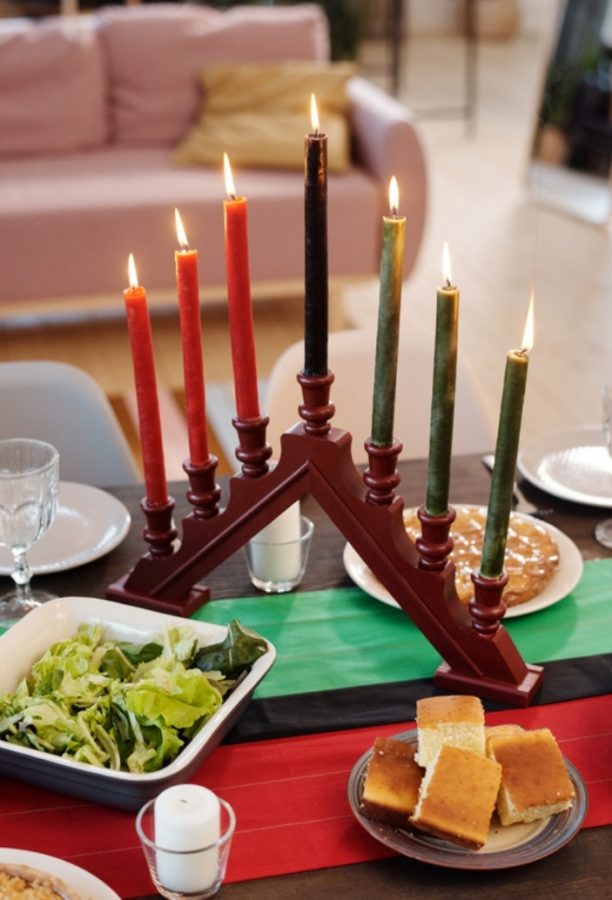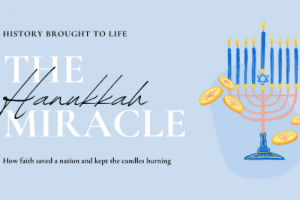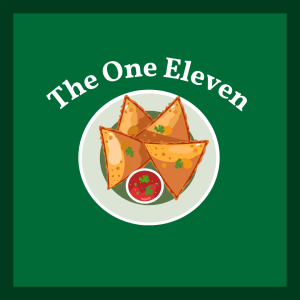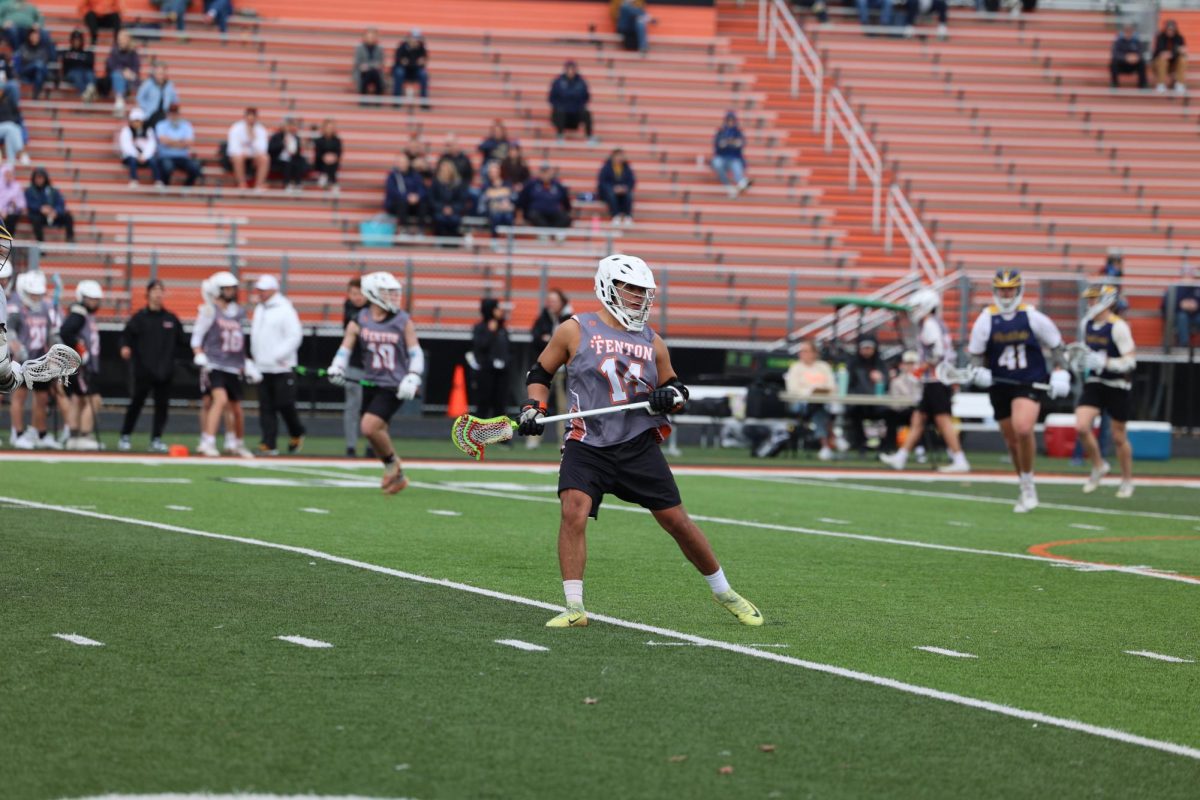Kwanzaa traditions and celebrations
December 22, 2020
Kwanzaa is an annual holiday celebrated by the African-American culture and is held from Dec. 26 to Jan. 1. The word Kwanzaa comes from the phrase “matunda ya kwanza,” which means “first fruits” in the Swahili language.
In 1966, Dr. Maulana Karenga introduced the festival in the United States as a ritual to welcome the first harvest to home. Dr. Karenga created this festival for African Americans as a response to the commercialism of Christmas.
According to The University of Pennsylvania, “This celebration is not a festival originating in any of the 55 African countries nor is it an “African” Christmas celebration. Kwanzaa is African-Americans celebration of life from Dec. 26 and Jan. 1.”
Kwanzaa includes five common sets of values: reverence, ingathering, celebration, commemoration and recommitment. The seven principles of Kwanzaa is Swahili words: unity (umoja), self-determination (kujichagulia), collective work and responsibility (ujima), purpose (nia), creativity (kuumba), and faith (imani). Each principle is represented as a candle. Like the Jewish Hanukkah, candles are used to represent concepts of the holiday.
Gifts are also exchanged and on Dec. 31, participants celebrate with a banquet of food from various African American countries including catfish, collards and mac and cheese.
The holiday also includes crops, including bananas, mangoes, peaches, plantains, oranges, that represent the historical roots of African Americans in agriculture and the reward for collective labor.
As stated by The University of Pennsylvania, “The mat (mkeka) lays the foundation for self-actualization. The candle holder (kinara) reminds believers of their ancestral origins in one of 55 African countries. Corn/maize (muhindi) signifies children and the hope associated with the younger generation.
Gifts (Zawadi) represent the commitments of the parents for the children. The unity cup (Kkimbe cha Umoja) is used to pour libations to the ancestors. Finally, the seven candles (mishumaa saba) remind participants of the several principles and the colors in flags of African liberation movements — three red, one black, and three green.”
Kwanzaa has been an important holiday to the African American community to celebrate their culture for generations to come.












